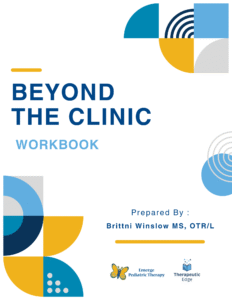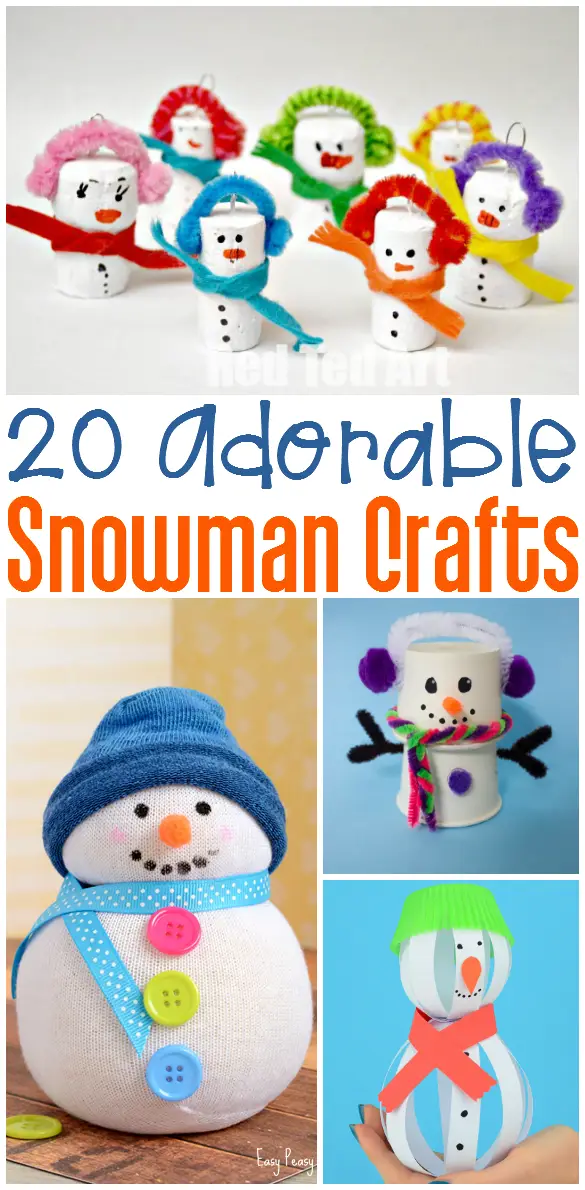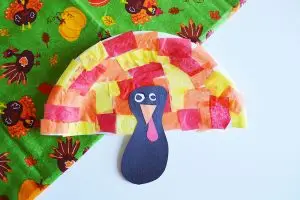
How many times have we heard this in our lives? I know my generation was expected to sit without fidgeting or moving during learning activities. If we didn’t, there was punishment or reprimand. Unfortunately, things are changing and research has shown that movement and brain breaks should be built into every child’s daily routine.
My earlier post gives tips for brain breaks, breathing, and fidgets. Check it out here.
We learn best when we involve multiple senses. Our brains crave new or novel activities. Kids are full of excitement for learning and their brains are wired for it! I know you’ve heard of practicing letter writing in multiple ways…..Pinterest is full of fun ways to boost multi-sensory learning. For example, when learning letters – trace with fingers in the sand, shaving creme, or rice. SOME kids enjoy sitting at a desk practicing letter writing over and over, others have limited attention spans. This is especially true if the child does NOT ENJOY what they’re doing.
Here’s the link to a TED talk about the benefits of movement on the brain.
We were working on letter writing and he could not pay attention. His behavior showed frustration. We tried using roads to trace letters and then added dough. The results were amazing! Here are the printables.
Check them out (and many other move to learn activities) in our store.
2. Ask kids to respond NON-VERBALLY. Many kids have difficulty with processing delays. Their brain needs a few extra seconds to process the question and then form a response. When kids blurt out answers in the classroom, others might never have the chance to give the answer. Add movement!
Kids can put thumbs up, hold up cards with yes/no, or even stand up when they know the answer. Another idea is to add movement to concepts. If you’re teaching prepositions, ask the child to put an actual item on top of the table, under the chair, to the left of the book, and so on. Teaching left and right is more fun when kids point to their right or left or place an item to the right or left.
3. Use alternative seating. Many schools are buying large play balls instead of seats for all students in the classroom. The goal is to permit ALL kids to use the seating. Inclusion of our students with difficulties is critical. In fact, inclusion is a universal human right! When recommending seating to the school, do your research. What is the benefit of each type of seat? What’s cost-effective? Many times, families will donate a rocking chair or re-sale stores offer affordable rockers. They can be re-purposed into a reading corner.
Check out our alternative seating guide here. It even contains a child checklist!
4. Stand up! We sit at our desks for longer than we realize. As a university professor, I noticed a HUGE difference in my attention span, weight, and ability to focus when we moved from active in-person learning to COVID-related distance learning. Sitting at my desk seemed relaxing at first, but working remotely caused some unexpected difficulties for my body. Kids often sit at their desks for entire class sessions. Standing desks helped me tremendously. Research has shown the benefits of standing. Let kids stand when they need to. Most desks can be adjusted to a taller setting. Even a few minutes of standing can improve learning and movement boosts oxygen to the brain.
5. Add music to learning. Go Noodle has amazing brain breaks and fun songs. Begin your class with some fun! Be sure to join in with your kids because there’s a good chance YOU could use a movement/fun break too!
While kids are working independently on handwriting or lessons, play classical music. When kids feel slow and tired, play upbeat music OR even try doing the chicken dance, Cha-Cha Slide, or a similar tune.
Let us know what movement breaks YOU use! Comment below.


